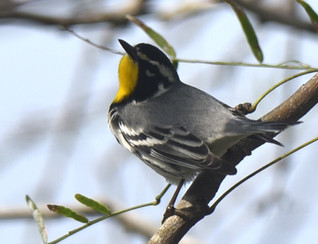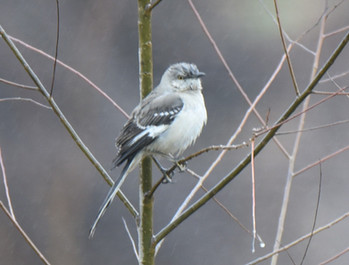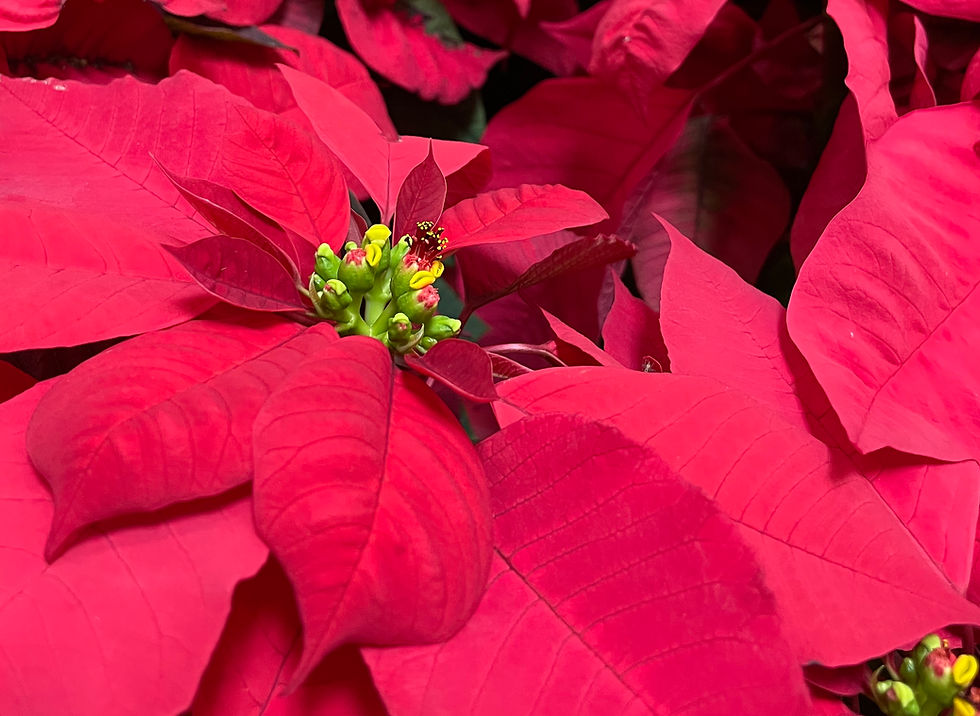Anita’s Blog – Bird Identification Tips
- jjvanm
- Feb 4, 2024
- 3 min read
Updated: Feb 6, 2024

There’s hope and help for identifying birds this month for the GBBC – Great Backyard Bird Count 2024, February 16-19. https://www.birdcount.org/
To help learn bird identification, check out the upcoming avian-related presentations this week at the February 9 – 11, Winter Wildlife Expo at the South Padre Island Hilton Garden Inn, 7010 Padre Blvd.
Friday through Sunday (various times) Jonathan Wood’s “Raptor Project Show” and exhibit
Friday at 11 a.m. and 2 p.m., Charles Alexander “Wild Parrots of the Rio Grande Valley”
Saturday at 11 a.m. and 2 p.m., Justin LeClaire, “Nesting Islands”
Saturday at 1 p.m., Javi Gonzalez, “Spring Migration”
Saturday at 4 p.m., Keynote Speaker Scott Harris, “Raptor Quest”
Sunday at 1 p.m. Marilyn Lorenz, “Spring Migration in the Valley”
February may be too early for many of the migratory birds to be passing through, but many birds spend the winter in the Rio Grande Valley. To count birds for the GBBC, any bird that you can recognize and count is important for the global tally so don’t shy away from participating if you can’t identify every bird you see.
Texas is blessed with nearly 634 species of birds.
About 500 species of birds have been documented in the Rio Grande Valley. There are many Websites that showcase photos and identification of birds. Check out this World Birding Center link’s photo gallery:
Another source is Wikipedia, open the link and hover over the bird name, a photo will pop up. Click on the link for detailed information of the species.
This is another great source for photographs of local birds at this link: http://www.thedauphins.net/rgv_birds.html
For many more photographic resources, ask Google: birds of the Rio Grande Valley.
Popular Websites for valuable bird information:
• Cornell University of Ornithology -- allaboutbirds.org
• National Audubon Society -- audubon.org
• Texas Parks and Wildlife Department -- tpwd.texas.gov
• American Bird Conservancy -- americanbirdconservancy.org
• Texas A&M University -- txtbba.tamu.edu
• Birds of the World -- birdsoftheworld.org
All right. You’ve studied the pictures, looked at a lot of bird identification sites, planned your schedules for the coming week of bird programs. Let’s see if you’re ready for a brief test.
Question 1. There are nine species of doves in Texas. Three are pictured below. Which photo is of a white-tipped dove?
Answer: From left, white-tipped dove, white-winged dove, common ground dove.
Question 2. Which flock has the greater number of birds in the Rio Grande Valley, turkey vultures or great-tailed grackles?



Answer. If Google has the answer, it wasn't giving it up, but I would have to say grackles, judging by the miles and miles of evening utility line sightings between San Benito and McAllen and beyond. However, many of the nation’s vultures migrate to the Valley for the winter. My first birding mentor gave me a good point: In flight, you will see the tail of a turkey vulture; the tail of a black vulture barely extends beyond the wings. Don’t forget about the Great Winter Vulture Event for a fun date night activity: https://www.stbctmn.org/post/the-fascination-with-turkey-vultures-an-experience-with-bill-clark.
Question 3. Which bird is not a sparrow?


Answer. The top photo is a female red-winged blackbird. The bottom photo is of a house sparrow.
Question 4. Which of the below four birds is a yellow-rumped warbler?
Answer. Look for the yellow. The top left bird is a yellow-throated warbler. Top right and bottom left are both yellow-rumped warblers; there is yellow at the bird's side patches, too. The bottom right bird is a black-and-white warbler which has no yellow marking.
Question 5. This last question is a bit more difficult. The Northern mockingbird is the state bird of Texas. Which photo from the eight below is not of a Northern mockingbird?
Answer. I don't know how many times I'm fooled by the mockingbird. I think it should be called chameleon mockingbird. It gets me every time. I have to upload the photos to iNaturalist.org and am usually surprised at the northern mockingbird identifications. There is one bird in the eight photos that is not a mockingbird. In the second set of four photos, the top right bird is a loggerhead shrike. About an inch in length shorter than the northern mockingbird, the loggerhead shrike preys on rodents, birds, reptiles, amphibians and insects. The northern mockingbird eats primarily insects and fruit.
This is a fun few days when you don't even have to leave your yard -- it's just what it says -- great BACKYARD bird count. Happy birding!



































